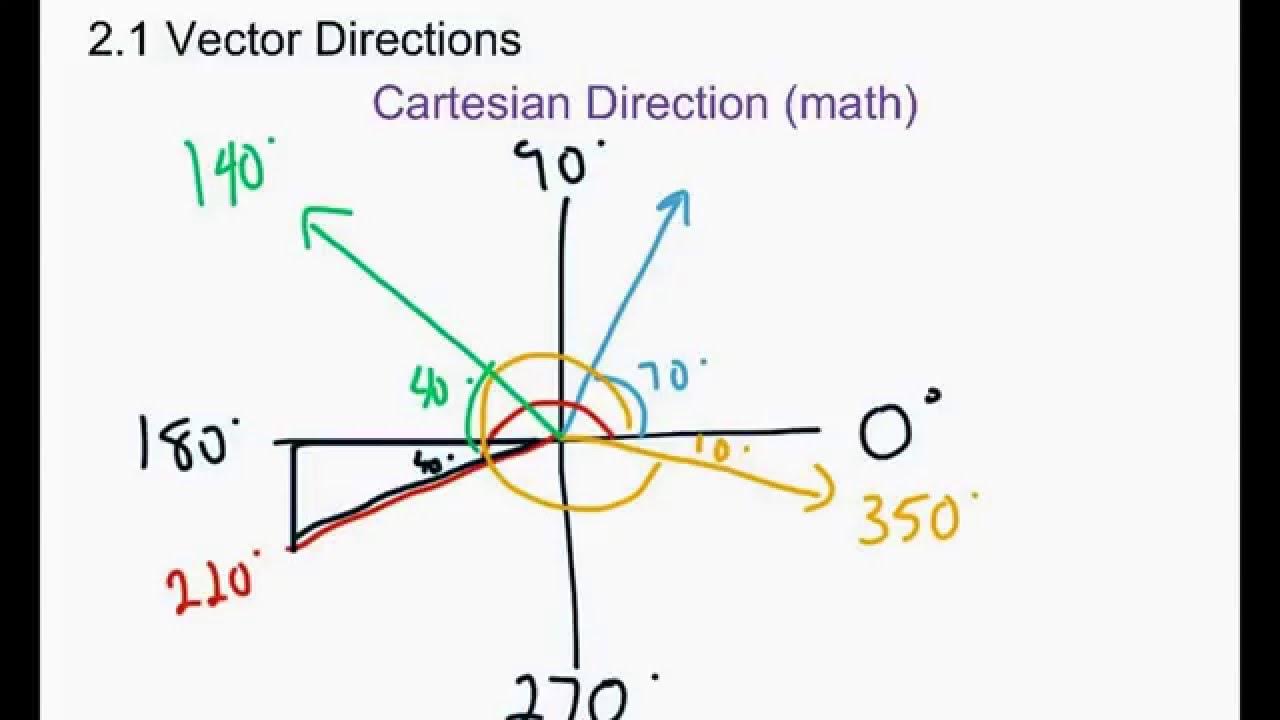Mariano Nathanael - Fisika Kelas X - SMAN 2 Bandung - Vektor 1 - Juni 2022 #PKGTKJABAR
Summary
TLDRIn this engaging physics lesson for 10th graders, the instructor introduces the concept of vectors, starting with mathematical foundations in trigonometry. Key terms are defined, including sine, cosine, and tangent, using right triangles to illustrate their applications. The teacher emphasizes the importance of understanding these concepts for future physics studies, encouraging students to memorize definitions and practice calculations. Real-world examples and special triangles are discussed to help students grasp the material better. Assignments are given to reinforce learning, ensuring students apply their knowledge effectively.
Takeaways
- 😀 Introduction to vectors in 10th-grade physics, highlighting its importance.
- 😀 Vectors are divided into mathematical discussions and their applications in physics.
- 😀 Trigonometry is essential for understanding vectors, focusing on triangle properties.
- 😀 A triangle has three angles, named alpha, beta, and gamma, using Greek letters.
- 😀 The key trigonometric functions introduced are sine, cosine, and tangent.
- 😀 Sine is defined as the opposite side over the hypotenuse, while cosine is the adjacent side over the hypotenuse.
- 😀 Tangent is defined as the opposite side over the adjacent side.
- 😀 There are also reciprocal functions: cosecant, secant, and cotangent, which are the inverses of sine, cosine, and tangent respectively.
- 😀 Understanding these functions is crucial for solving problems in physics involving right triangles.
- 😀 Practical examples and exercises using specific angles, such as 30°, 45°, and 60°, are provided for practice.
Q & A
What are the two main parts of the lesson on vectors?
-The lesson is divided into two main parts: the mathematical concepts of vectors and the physical applications of those concepts.
What is the definition of trigonometry provided in the lesson?
-Trigonometry is described as the measurement of angles, specifically dealing with the relationships in triangles, particularly right triangles.
What are the names of the three angles in a triangle as explained in the class?
-The three angles are named Alpha (α), Beta (β), and Gamma (γ).
What are the primary trigonometric functions mentioned?
-The primary trigonometric functions discussed are Sine (sin), Cosine (cos), and Tangent (tan).
How is the sine of an angle defined in terms of a right triangle?
-Sine of an angle is defined as the ratio of the length of the opposite side to the length of the hypotenuse.
What is the relationship between sine and cosecant?
-Cosecant (csc) is the reciprocal of sine, defined as 1 divided by sine of the angle.
In the example given, what were the sides of the right triangle with angles 37° and 53°?
-The sides of the right triangle were 3 (opposite), 4 (adjacent), and 5 (hypotenuse).
What is the purpose of using trigonometric functions in physics?
-Trigonometric functions are essential in physics for analyzing vectors and solving problems related to angles and distances.
What additional trigonometric functions are introduced beyond sin, cos, and tan?
-The additional functions introduced are Cosecant (csc), Secant (sec), and Cotangent (cot).
What assignments were given to students at the end of the lesson?
-Students were assigned to calculate the values of sin, cos, tan, csc, sec, and cot for various angles, including 30°, 45°, and 60°.
Outlines

This section is available to paid users only. Please upgrade to access this part.
Upgrade NowMindmap

This section is available to paid users only. Please upgrade to access this part.
Upgrade NowKeywords

This section is available to paid users only. Please upgrade to access this part.
Upgrade NowHighlights

This section is available to paid users only. Please upgrade to access this part.
Upgrade NowTranscripts

This section is available to paid users only. Please upgrade to access this part.
Upgrade NowBrowse More Related Video
5.0 / 5 (0 votes)





